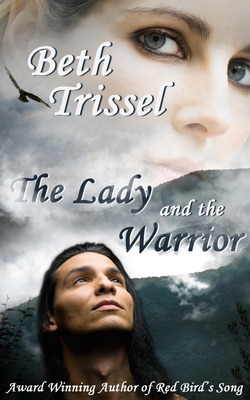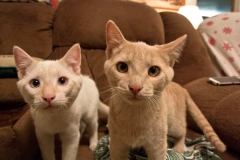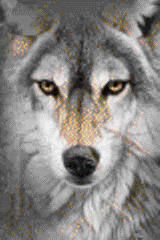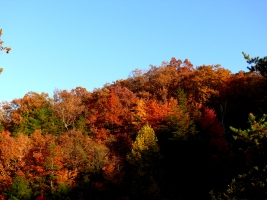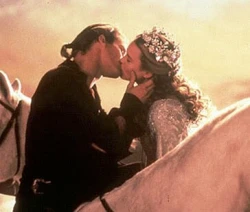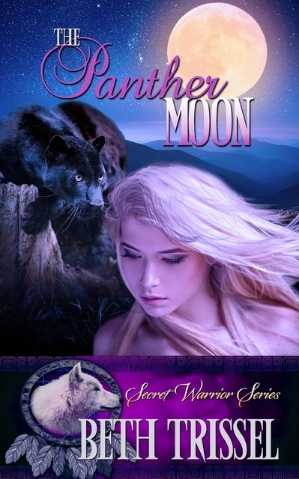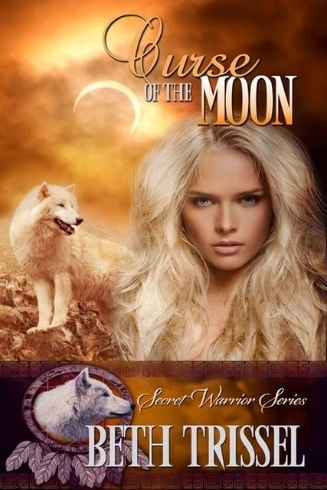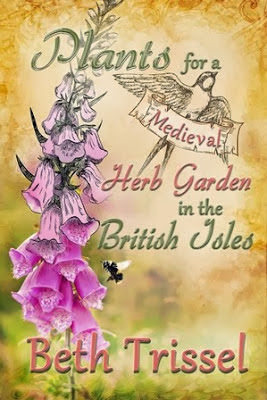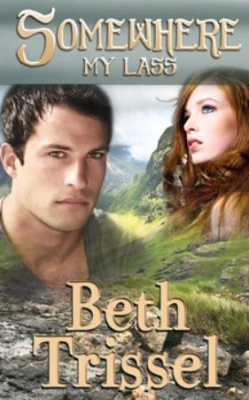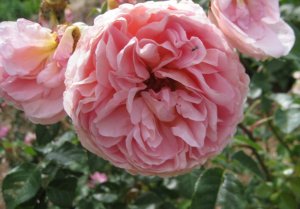Misty mountains, autumn leaves, and garden tidying…now and forever more I will associate the pungent minty scent of catnip with my fall garden. I’m in cleanup mode, pulling weeds, grass, catnip seedlings, and struggling to root out large mounds of the fragrant herb.
 (Catnip growing in with tansy in the garden)
(Catnip growing in with tansy in the garden)
It’s not that I dislike this old-time plant, not in the least. But several years ago, daughter Elise planted four clumps at either end of the vegetable plot to act as beneficial companions and attract pollinators, which catnip does well. Butterflies favor the blossoms and potato bugs can’t sniff out their desired food when potato leaves intermingle with catnip. Since then, hundreds of their offspring have graced every corner of the garden. Flower beds also play host. I’m fond of this potent plant so leave seedlings here and there, and on it goes. Catnip will inherit the earth, as will mint, comfrey, dill…but I love them all. And, of course, cats are mad for it.
We haven’t had hard frost yet, but soon will. As I work outside, I pause to gaze over the meadow and hills rising beyond our farm and admire the changing leaves. Yesterday’s overcast sky only muted the beauty–which I don’t mind–and the mist made the mountains appear even more mysterious. While walking the dogs into the field I call the back forty, I summon halts to savor the beauty. The dogs stand, nose to the breeze tossing my hair, and sniff appreciatively. Country scents of cows and new mown grass float around us. Barnyard geese honk, birds call, and cows let me know they see us. Pockets of mist hovered between the hills this morning, the subdued bronze and orange in the trees showing through in places. When the sun comes out, these autumn hues will shine. The woods above our meadow are called ‘Burnt Woods’ by locals because of their flaming color in the sun. Glorious.
 (Hills and the neighbor’s farm behind our pond. See the Old Order Mennonite Church?)
(Hills and the neighbor’s farm behind our pond. See the Old Order Mennonite Church?)
 (Misty mountains in the distance seen on my walk with the dogs)
(Misty mountains in the distance seen on my walk with the dogs)
Meadowlarks still trill from the tall grass, reminding me of spring, while wild geese fly in V’s overhead. I’ve left tangles of asters, bittersweet, and clematis in places in hopes of attracting the wrens who visited our feeder last year. They like a bit of untidiness, as do other birds.
 (Fall asters and last of the dahlias above)
(Fall asters and last of the dahlias above)
I’ve been on a bulb planting craze lately, hiding them like Easter eggs to discover in the raw winds of March and balmier days of April and May. These early flowers elicit such joy, how can I resist adding more? I also sprinkled hardy annual flower seeds around for spring color like larkspur, violas, wall flowers, poppies, and sweet alyssum. Spinach is seeded for early greens. By late winter, we’re starving for them. This is when the new leaves of dandelions are appreciated for cooked greens.
Hubby Dennis’s mother made a wonderful creamy dressing to pour over dandelion greens with bacon and hard boiled eggs. That stuff made anything good. I found her recipe in an old cook book. I could post it for you in spring. She also used it on watercress. One unfortunate spring, the whole Trissel family, apart from baby Dennis, contracted typhoid fever from consuming contaminated water cress. Seems a man who lived above the spring where the cress grew was a typhoid Mary type of carrier with a leaky outhouse. Who knew? All of the family survived because new medicines were available by the early fifties.
Back to the garden. This garden was my mother-in-law’s before I became its caretaker. The first years that Mom Trissel and Dennis’s father lived at the farm they had no indoor plumbing and only one electric outlet. She boiled up her wash in an outdoor kettle. And this old farmhouse was built soon after the Civil War. But that’s another story. There are many tales to tell from this beautiful valley. (Our land leading to another farm and the hills seen on our dog walk)
(Our land leading to another farm and the hills seen on our dog walk)
 (Gorgeous trees at the church up the road from our farm)
(Gorgeous trees at the church up the road from our farm)
‘Autumn burned brightly, a running flame through the mountains, a torch flung to the trees.’ ~Faith Baldwin, American Family





































 An excerpt from my nonfiction book about gardening and country life, Shenandoah Watercolors, a 2012 Epic eBook finalist. Available in
An excerpt from my nonfiction book about gardening and country life, Shenandoah Watercolors, a 2012 Epic eBook finalist. Available in  The water is calm now but was awash with waves during the storm that hit a short time ago. The grassy hill and maple tree are reflected on the surface, silvery and streaked with rose from the western sky. All is peaceful as a soft twilight settles over the valley. Utterly idyllic, until I pause to consider what all of those swallows are after. There must be clouds of mosquitoes.
The water is calm now but was awash with waves during the storm that hit a short time ago. The grassy hill and maple tree are reflected on the surface, silvery and streaked with rose from the western sky. All is peaceful as a soft twilight settles over the valley. Utterly idyllic, until I pause to consider what all of those swallows are after. There must be clouds of mosquitoes.



 Excerpt from
Excerpt from 











